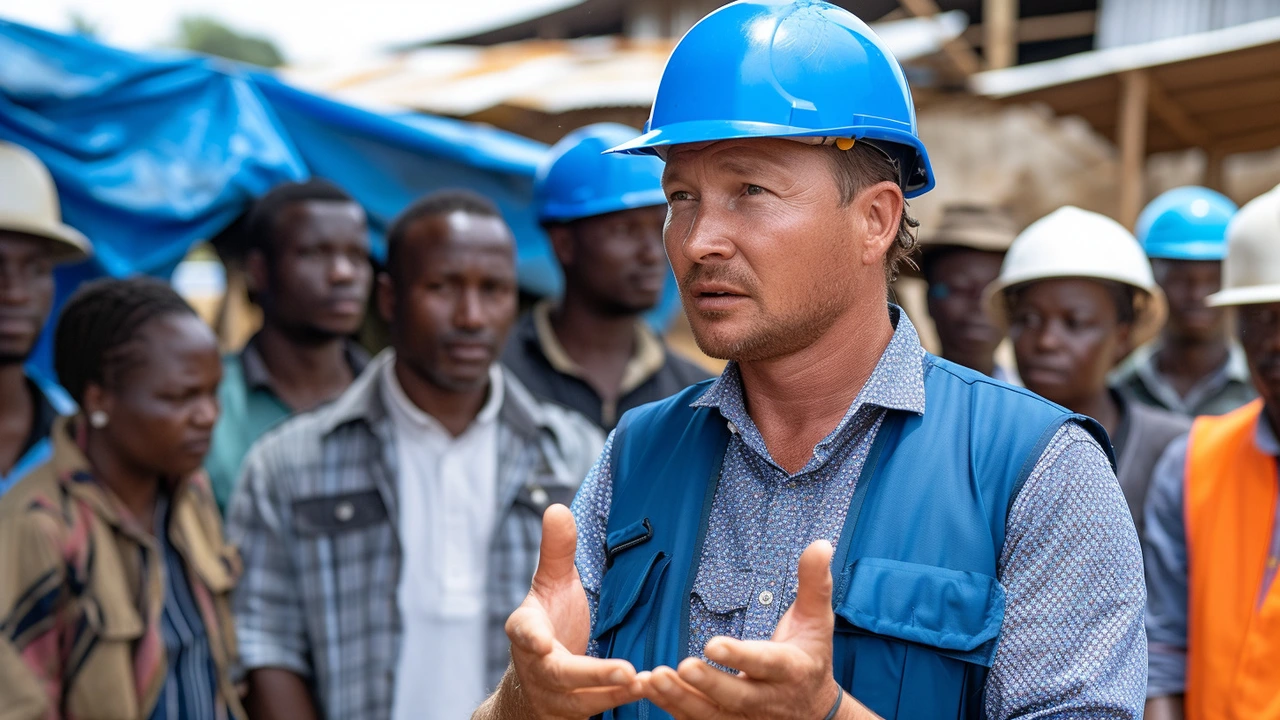Can sending peacekeepers to a town really help shops reopen, kids go back to school and farmers sell their harvest? Yes — but not automatically. When security improves, economic life often returns fast. Markets restart, health clinics operate, and reconstruction begins. That said, peacekeeping can also create distortions if planners don’t pay attention to local needs.
First, basic safety matters. Roads that were too dangerous become usable, letting traders transport goods and kids get to school. Peacekeepers patrolling an area reduces theft and armed harassment, which encourages traders and small businesses to reopen. You’ll often see immediate effects: more market stalls, more motorbike taxis, and more daily wage work.
Second, peacekeeping missions bring money into local economies. Troops and support staff buy food, construction materials and services. Local suppliers win contracts for housing, catering or fuel. Those payments put cash in people’s pockets and boost demand for goods and services.
Third, peace operations can repair infrastructure that business depends on. Even small repairs to bridges, wells or clinics cut transport costs, reduce time lost to illness, and increase productivity. Training programs for local police, courts or municipal staff also help create a functioning environment where commerce and social services can operate.
But there are downsides. Sudden influxes of foreign cash can push up rents and food prices near bases, hurting the poorest households. If missions hire mostly outsiders, local workers lose out. Also, a long-term foreign presence can create dependence and slow local leadership from stepping up.
So what works better? Hire locally and publish clear contracting rules so small businesses can compete. Prioritize projects that plug gaps in services — like repairing a market or reopening a clinic — rather than flashy, expensive buildings that locals won’t maintain. Include women-led businesses and returnee farmers in procurement plans. Coordinate with local councils and NGOs so projects match real needs.
Measure results with simple indicators: market activity, school attendance, clinic visits, local employment and basic prices. Track these over months, not just weeks. Use quick surveys at markets and clinics to spot unintended harm early.
Finally, plan an exit from day one. Build local capacity to run services and maintain infrastructure, and hand over contracts to community groups as soon as they’re ready. That’s how short-term gains become lasting recovery.
Peacekeeping can nudge a war-torn place toward normal life — but only when missions act like partners, not just outsiders spending money. Get the basics right, work with locals, and the economic benefits follow.

As a female blogger passionate about peace studies, I've personally dug deep into the topic of the impact of peacekeeping on local communities. In this post, we will explore how peacekeeping missions can affect socio-economic conditions in conflict zones. We'll also examine the flip side of the coin - the challenges and potential negative effects these operations may bring to local populations. As we delve into this significant issue, we'll gain appreciation for the delicate balance required in fostering global stability.
